The Commando Memorial at Spean Bridge marks its 70th anniversary this year, and remains one of the most visited, photographed and best-loved public sculptures in Scotland.
The three bronze soldiers, with faces cast in grim expressions, stand proud of the hills and mounds around them.
It seems that only Ben Nevis, the mountain with which they share an almost equal status as an iconic Lochaber landmark, stands taller.
The Commando Memorial is the work of eminent Wick sculptor, Scott Sutherland.
Although he created many significant public sculptures, the Commando Memorial, unveiled by the late Queen Mother in 1952, is deemed his most memorable and outstanding.
He won a national competition for it, and rarely have a sculptor and subject been so well-matched.
Scotty, as he was known, had worked alongside the Commandos during his war service and held them in great admiration.
Who were the Commandos?
But who were the Commandos, and why was this tribute to them unveiled in 1952 and in Spean Bridge of all places?
After the fall of France to the Nazis in 1940, the prospect of a German invasion across the Channel was very real.
The so-called Commandos were formed at the request of Prime Minister Winston Churchill, who envisioned units of men able to carry out raids on German-occupied Europe.
This new guerrilla-style combat would be direct, brutal, and lightning quick, requiring soldiers who were able to operate swiftly and capably in difficult and treacherous terrains — just like the wilds of Lochaber, chosen as the ideal training ground.
Achnacarry Castle in hands of War Office
A huge area was requisitioned, and the landowners of the time had quite a price to pay for the choice.
Achnacarry Castle, the residence of Cameron of Lochiel, was requisitioned in 1942 by the War Office and transformed into the operational HQ.
Inverailort and Glenshian House in Moidart, owned by Francis Cameron-Head, were requisitioned two years earlier in 1940.
Inverailort House was initially the centre of SOE training, the Special Operations Executive set up to wage a secret subversive war against the Germans.
It all came as quite a shock for Miss Lucretia Farrell, who was in London with her fiance Francis Cameron-Head who was undergoing an operation.
A letter from High Command arrived at her hotel on May 30, 1940 telling her that Francis’s two houses, Inverailort House and Glenshian House had been requisitioned and all the furniture removed to storage in Fort William.
There was absolutely no choice in the matter, the property was in the hands of the War Office.
A human price to pay
Lucretia, who went on to marry Francis in 1942 in Fort Augustus, hastened north, and on arrival at Lochailort Station encountered two officers who said Inverailort was half emptied, they had no accommodation for her and she couldn’t go in.
In a distressed letter to Donald Cameron of Locheil she asks on behalf of Francis: “Can you tell me anyone I may apply to for assistance?
“They have taken my three garages and planted tents everywhere, even in the middle of the farmyards without any permission from me or anyone representing me.
“I know the furniture has gone, and as you may imagine the rough drive to Fort William has not improved it or the china.”
Officers in the house, soldiers in tents
The officers were to live in the house, while at Glenshian there were some 70 to 80 tents for the soldiers.
The surrounding lands belonging to these estates, were mountainous, unforgiving, filled with deep waters, and isolated enough for live ammunition training to be routine, so the soldiers were tested to the limits.
Unsurprisingly, severe injury and even death occurred before any real action had been faced.
There were also unforeseen consequences on the land from all the firing.
High Life Highland’s Lochaber Archive Centre holds an irritated letter from the Lochiel Estate to the solicitors for Scottish Command following a serious outbreak of fire, completely destroying a remnant of the Caledonian Forest, to the value of £52,200 or nearly £3 million in today’s money.
The fire had spread extensively and taken with it some sheep, and the estate clearly held the training activities of SOE responsible and demanded compensation.
Commando raids had varied results
The Commando raids, when eventually undertaken, had varied results.
Some were highly successful, such as Operation Chariot, the raid against dock installations at Saint Nazaire in France, later dubbed the greatest raid of all.
Other operations resulted in the capture or death of all the commandos involved.
The location of the Commando memorial is no accident.
Upon first arriving in Lochaber, the would-be Commandos marched from the station at Spean Bridge to Achnacarry, and it is on this route that the memorial is sited.
Scott Sutherland’s three stoic figures are as powerful and poignant a monument now as they were seventy years ago.
The plaque beneath their feet reads: “This community was their training ground.”
With thanks to High Life Highland’s Highland Archive Centre.
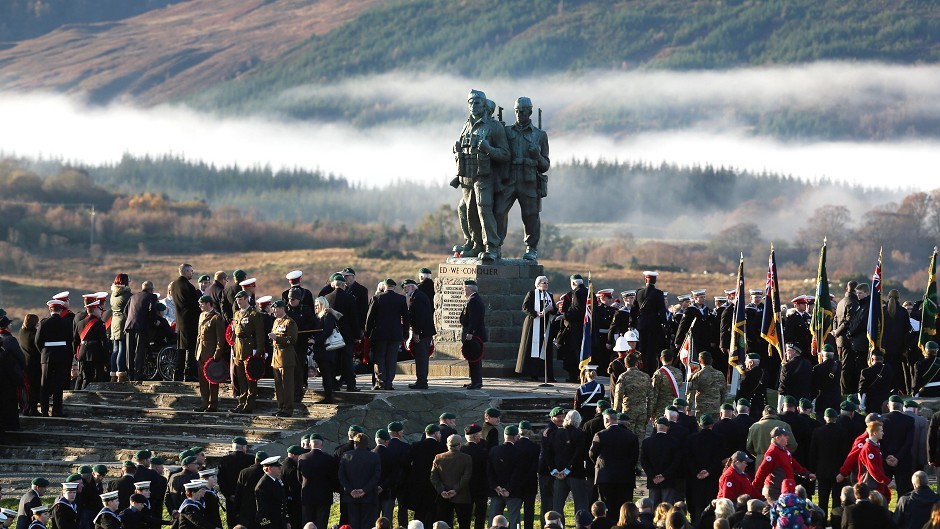

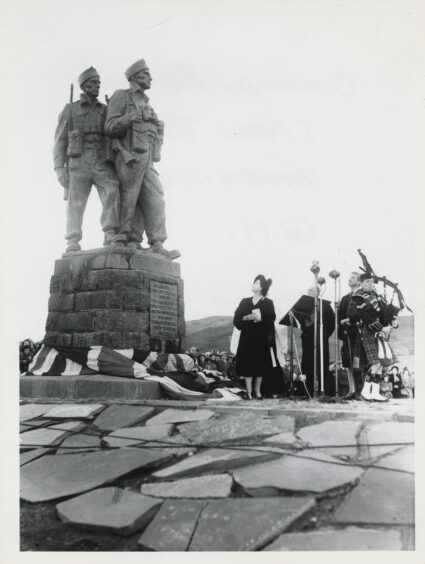
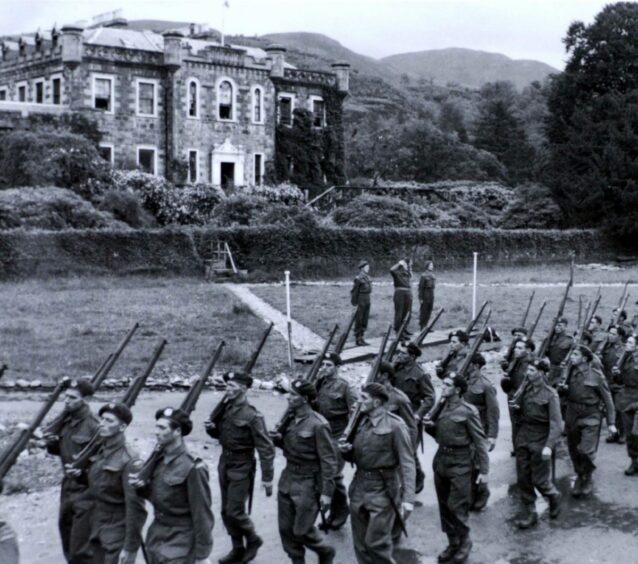

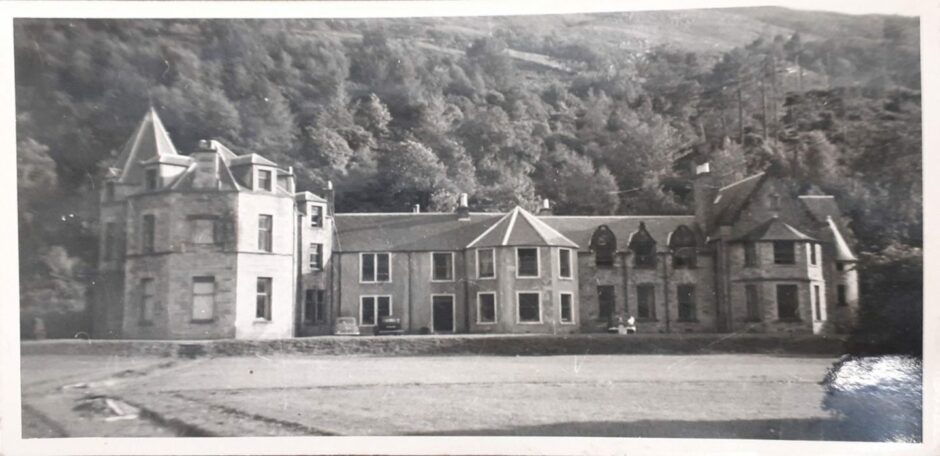
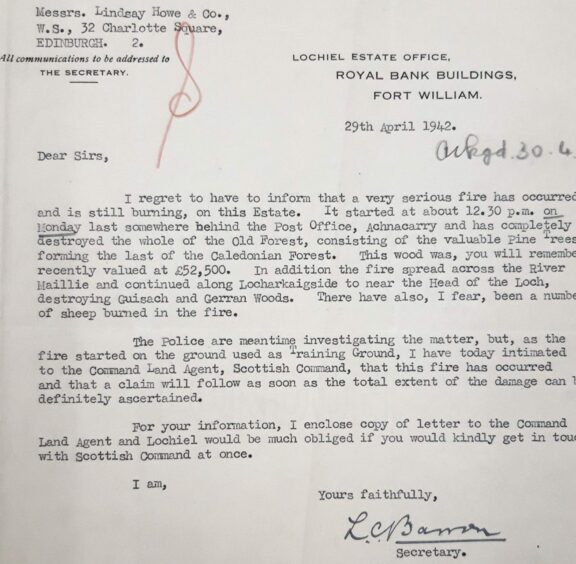
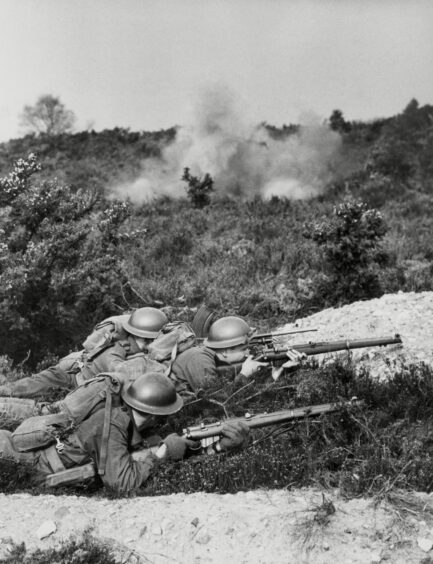
Conversation